
INDONESIA NATURE 2012
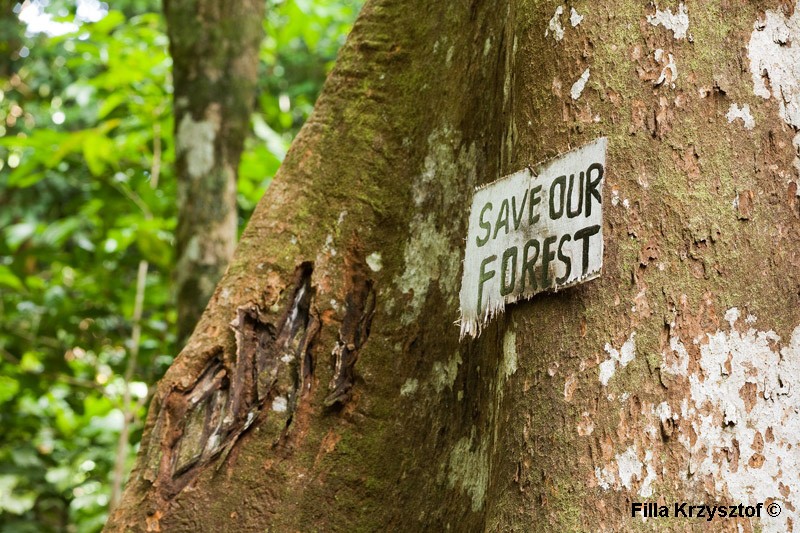
^ ^^^
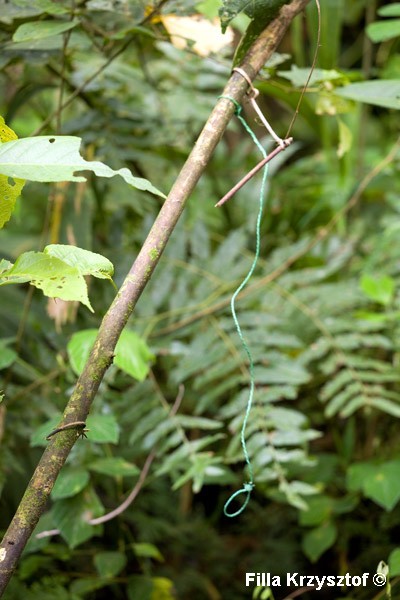
A snare near to a village in Arfak mountains.
^ ^^^
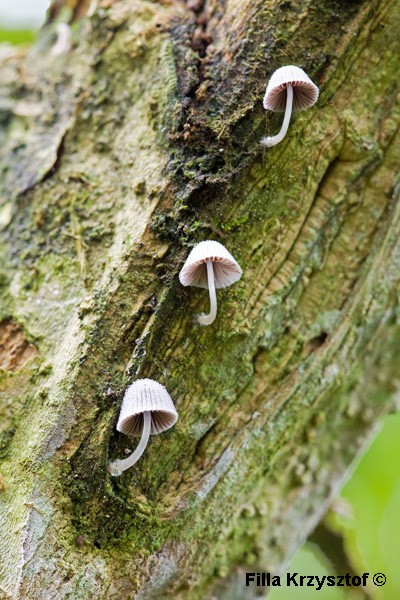
^ ^^^
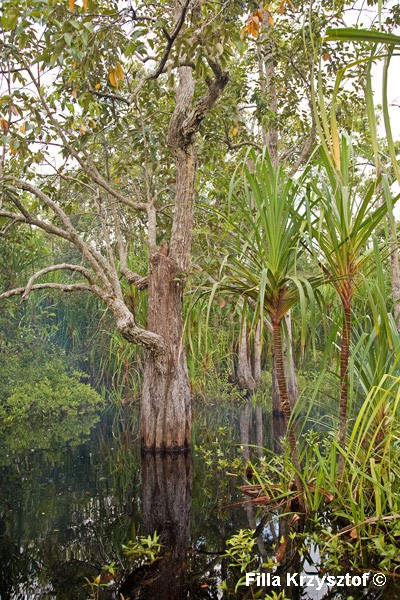
Some forests in the rainy season are temporarily under water for months.
^ ^^^
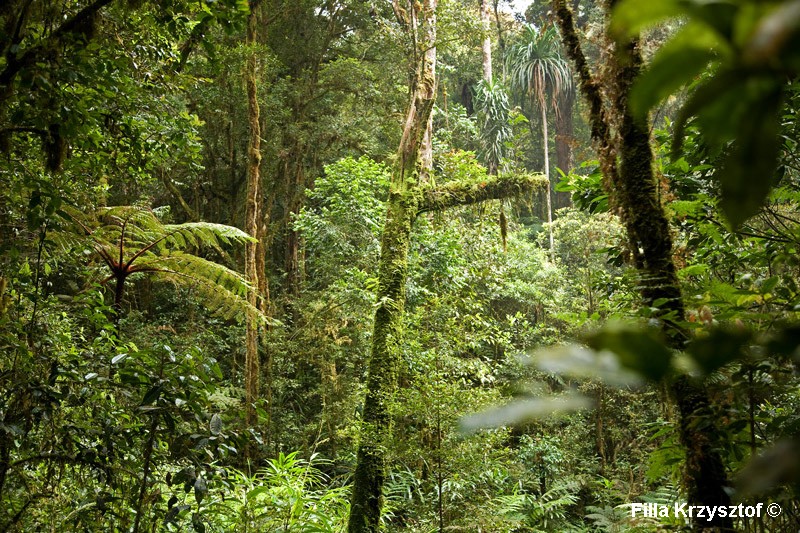
The rainforest at 2800 m. is as thick as in lower parts of the land but is characterised by very different flora. The forest in Papua still covers over 70% of the Indonesian land of Papua. Deforestation of Indonesia has been concentrated on other islands like Sumatra or Borneo. The depletion of timber elsewhere, moves the industry to the most eastern provinces of Indonesia like Papua.
^ ^^^

This extraordinary structure in the forest of Papua is a bower of Vogelkop bowerbird (Amblyornis inornata). The male bird builds this construction solely to attract females. In front of his building he places different sorts of treasure such as colourful petals, leaves, wings of beetles or even human artefacts like bottle caps or other plastics.
^ ^^^
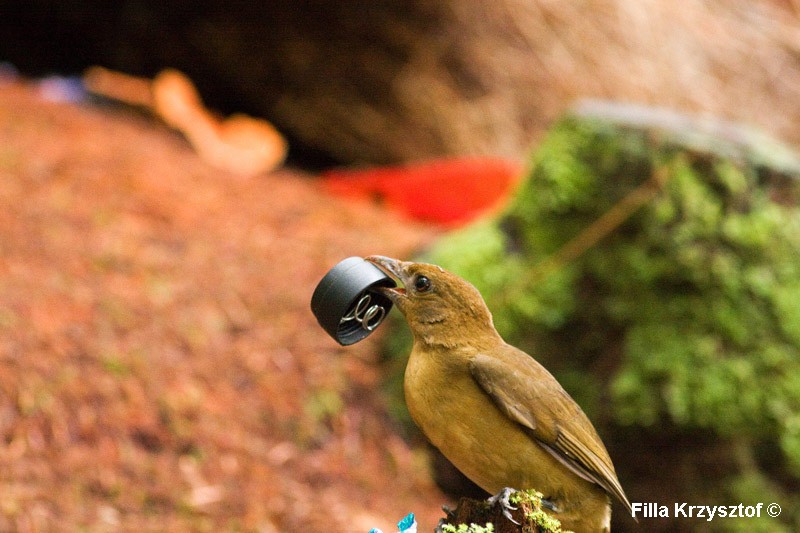
A male vogelkop bowerbird in front of his bower. He holds a part of a hand torch that was left on his display arena. The part didn't match with the composition of his taste.
^ ^^^
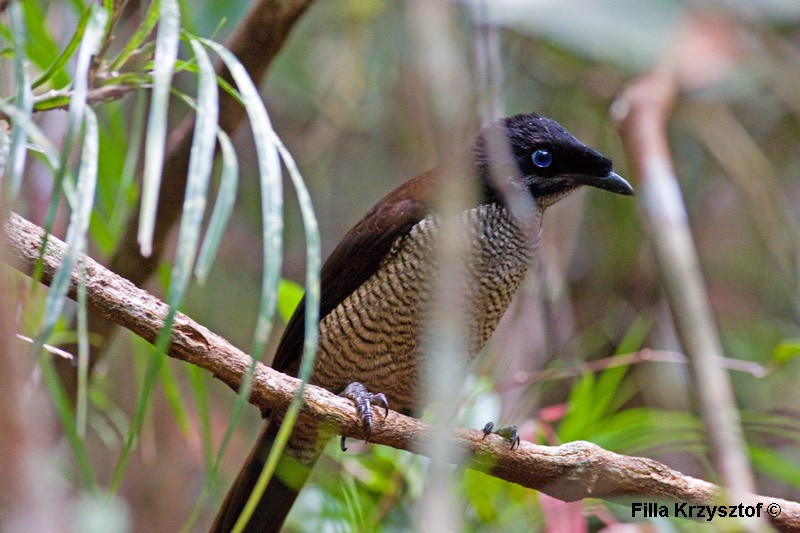
A female of western parotia (Parotia sefilata) one of the 6 species of Parotias. Western parotia belongs to the family of birds commonly known as birds of paradise. Birds of Paradise are indigenous to the whole island of Papua and surrounding islets. In the Arfak mountains, there are 7 species of birds of paradise. Unfortunately, I didn't have the luck to see the spectacular plumage of any male.
^ ^^^
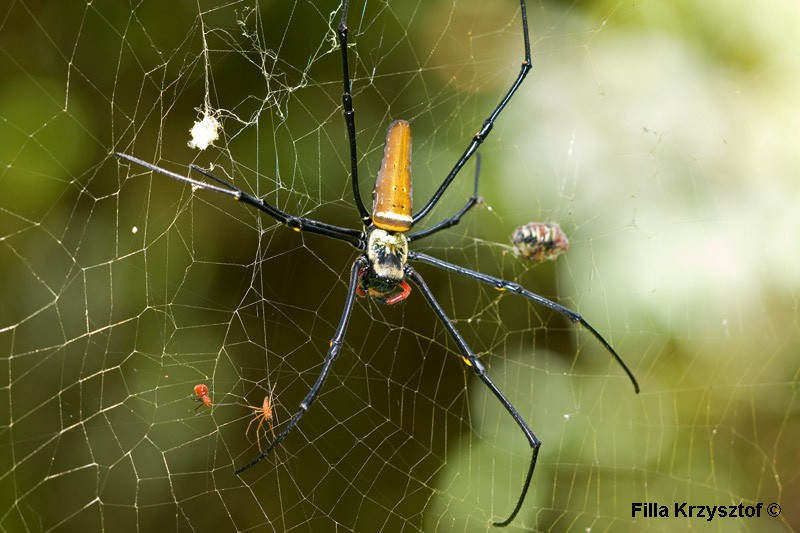
Spider from the family of Nephila that occurs in tropical and warm zones. It is the biggest spider that spins webs. The females are about 10 times bigger than the male. The usual female body length (without legs) is about 5 cm whereas the male is 5 mm. Its venom is not lethal to humans.
^ ^^^
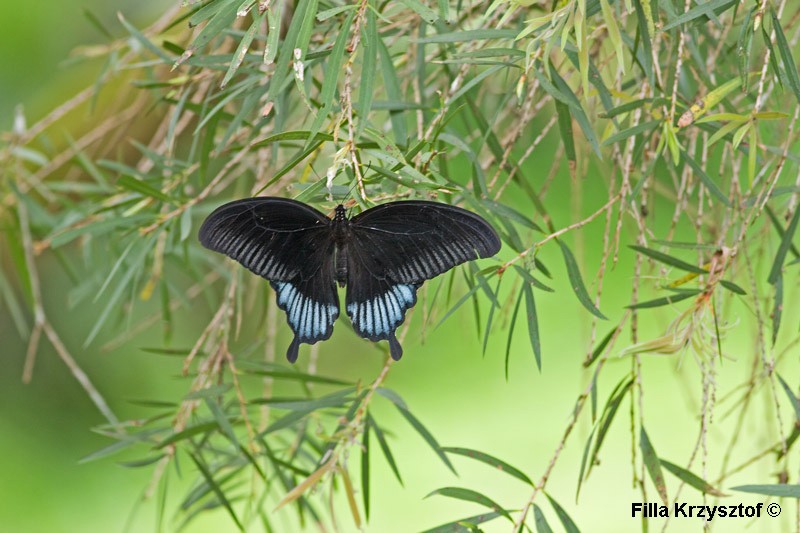
^ ^^^
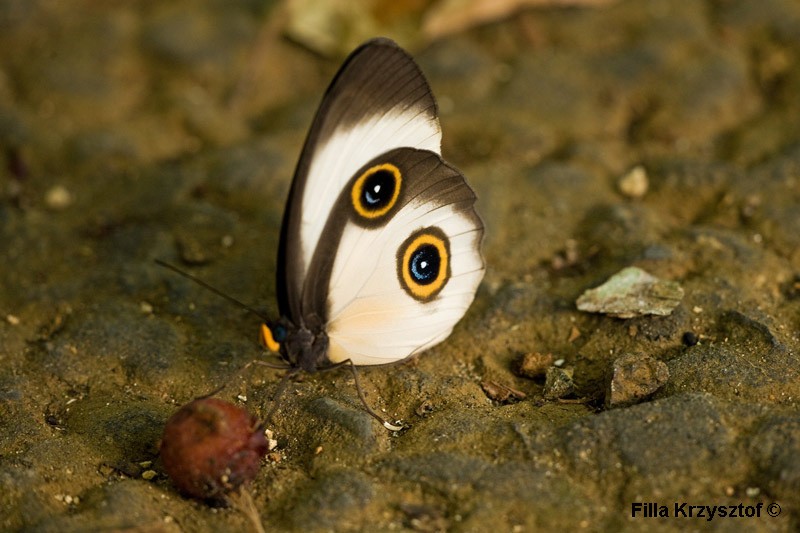
The Silky Owl (Taenaris catops).
^ ^^^
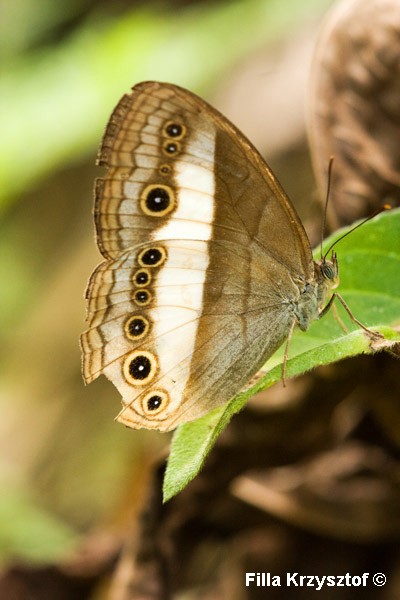
The Orange Bushbrown (Mycalesis terminus).
^ ^^^
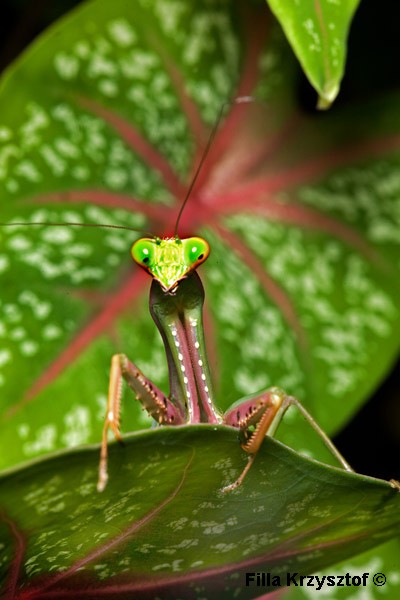
The praying mantis.
^ ^^^
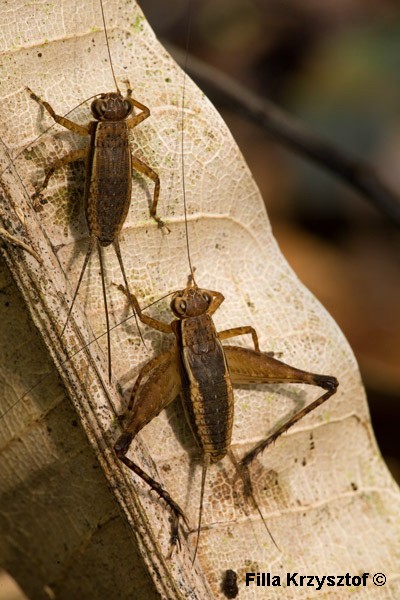
^ ^^^
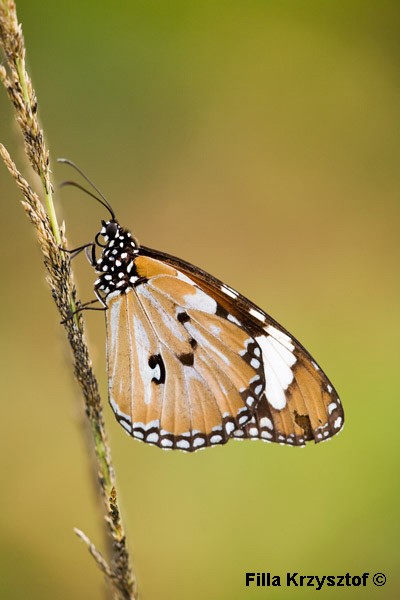
^ ^^^

The male redknobbed hornbill (Aceros cassidix).
^ ^^^
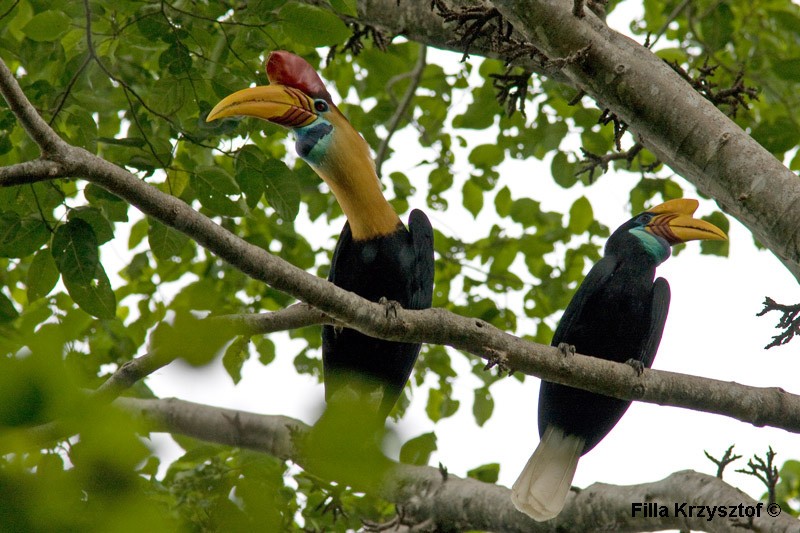
A male and female redknobbed hornbill. Endemic bird of Sulawesi.
^ ^^^
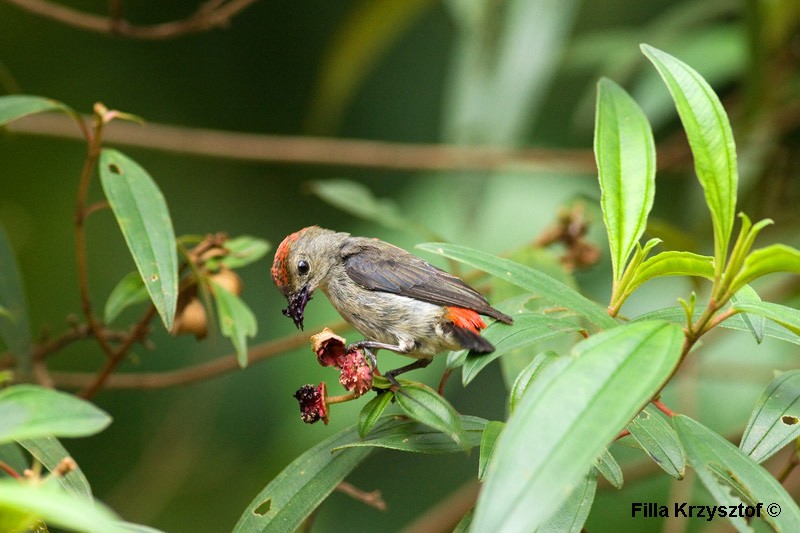
^ ^^^
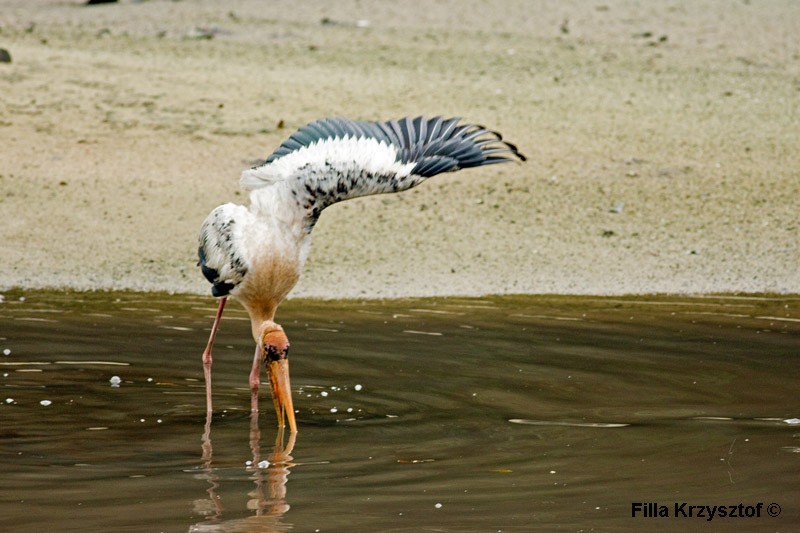
The Milky Stork (Mycteria cinerea). The bird stretches the wing to create its own canopy in order to eliminate reflections and better see its shy food.
^ ^^^
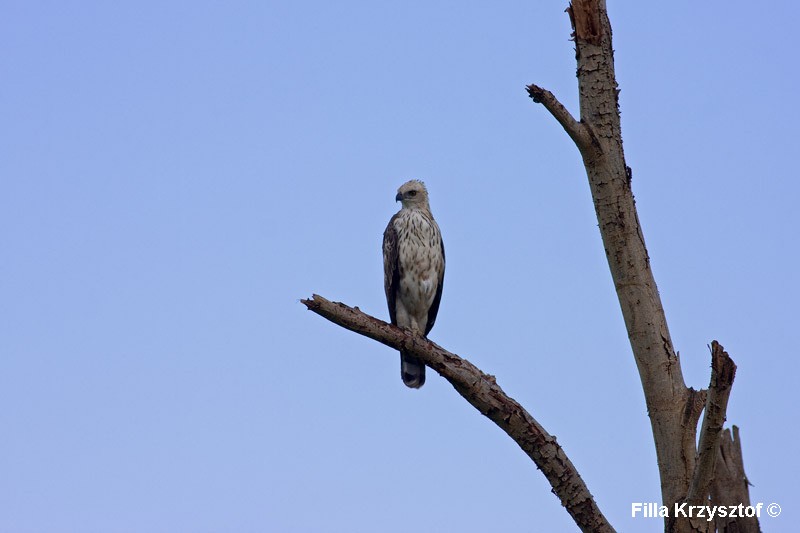
^ ^^^

The crested black macaque (Macaca nigra) lives only in the northern part of Sulawesi. There are 7 endemic spices of black macaque on the island of Sulawesi.
^ ^^^
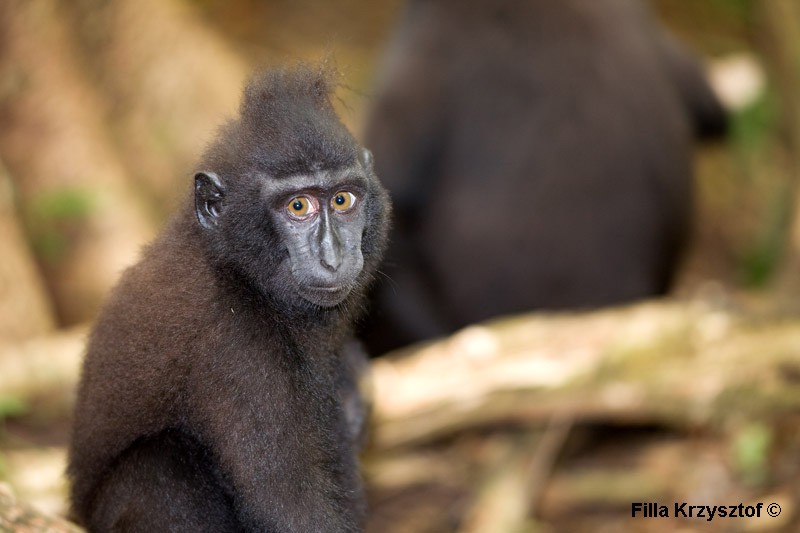
A young crested black macaque reaches maturity after 3 to 4 years.
^ ^^^
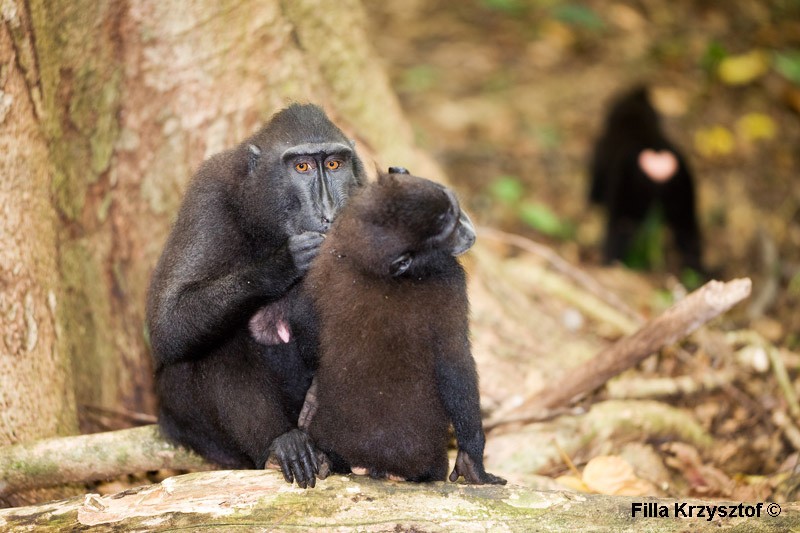
Black macaques live in groups of 5 to 25 individuals. They are highly endangered mainly due to deforestation and poaching. In 1980 the density of the monkey was was 300 individuals per square km. today there are around 30 individuals.
^ ^^^
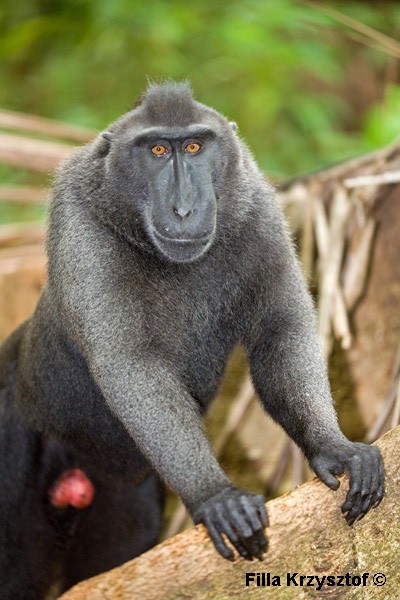
The size of an adult male is up to 60cm. Both female and male have characteristic crest at the top of their had.
^ ^^^

Maned Forest Lizard (Bronchocela jubata).
^ ^^^

Maned Forest Lizard (Bronchocela jubata).
^ ^^^

^ ^^^
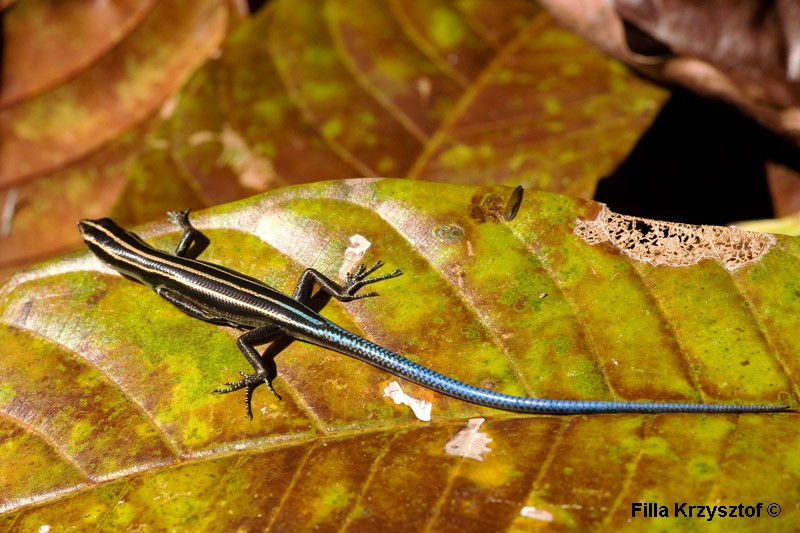
Blue-tailed lizard (Nucras).
^ ^^^
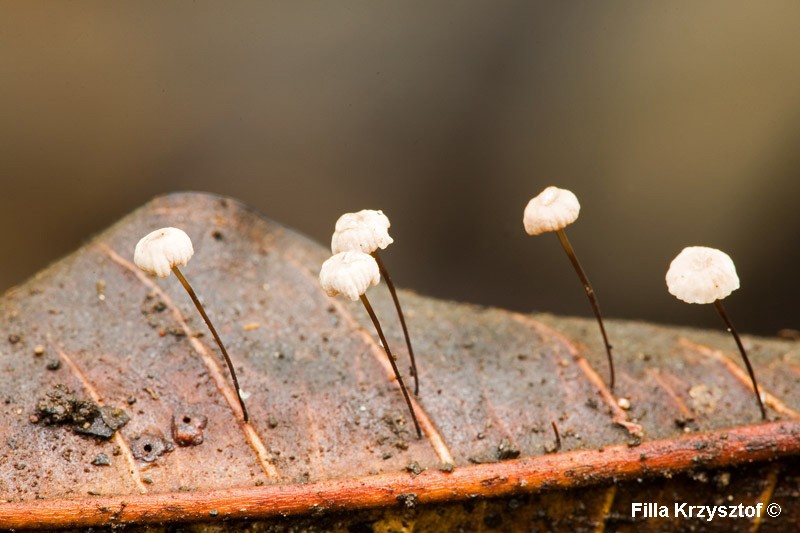
^ ^^^

^ ^^^
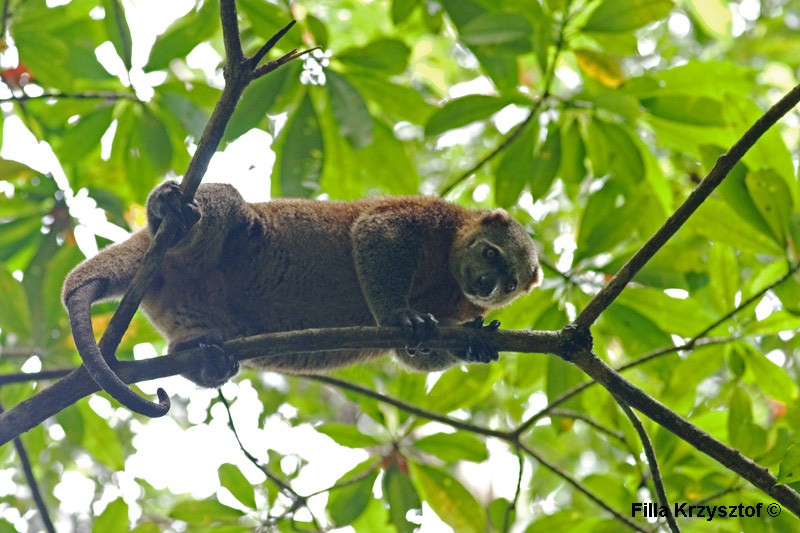
Cuscus or Sulawesi bear cuscus (Ailurops ursinus). It is a marsupial that lives in upper parts of canopy. Very rarely descends to the ground. A few different species occur on some islands between Sulawesi and Papua New Guinea and northern tip of Australia. Very little is known about the animal and new species have been discovered.
^ ^^^
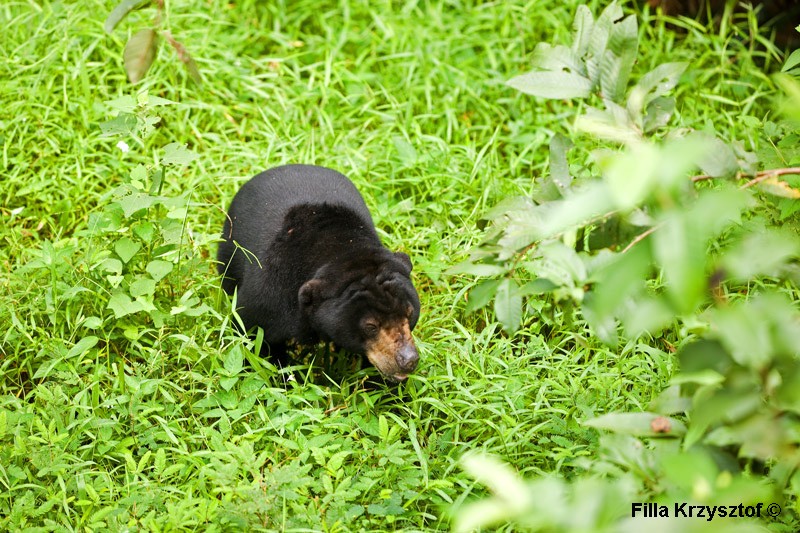
Malayan Sun Bear (Helarctos malayanus euryspilus ) living only in Borneo is a smallest subspecies of the sun bear inhabiting south-east Asia.
^ ^^^

Sun Bears are omnivores but their favourite food are fruits and and vegetables. Farmers kill them because they consider them as pests. Pouching is another threat due to the demand of Chinese medicine. Unlike the rest of the pictures in this gallery this one was taken in a rehabilitation centre for orphan bears.
^ ^^^
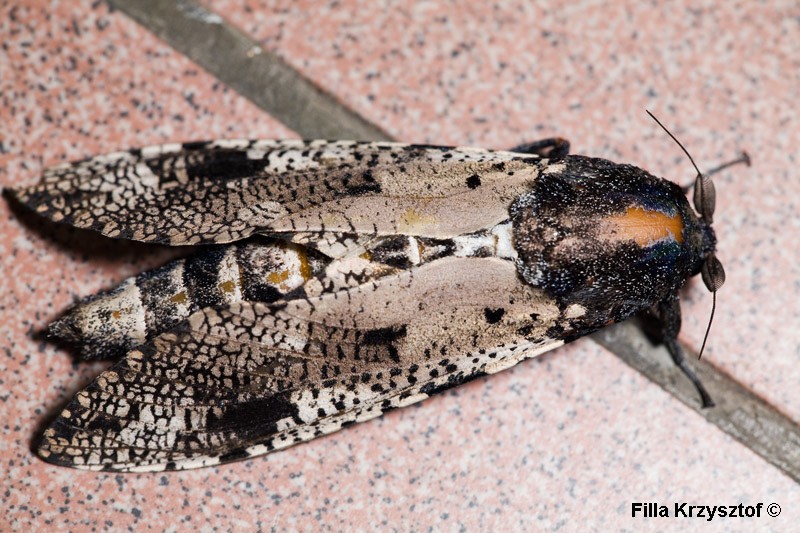
^ ^^^
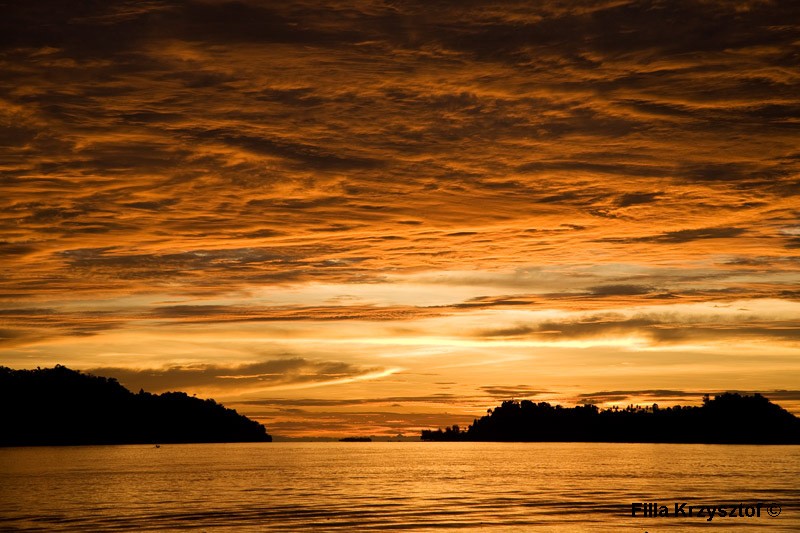
Indonesia is an archipelago comprising approximately 17,500 islands. It stretches along equator for about 5500 km.
^ ^^^
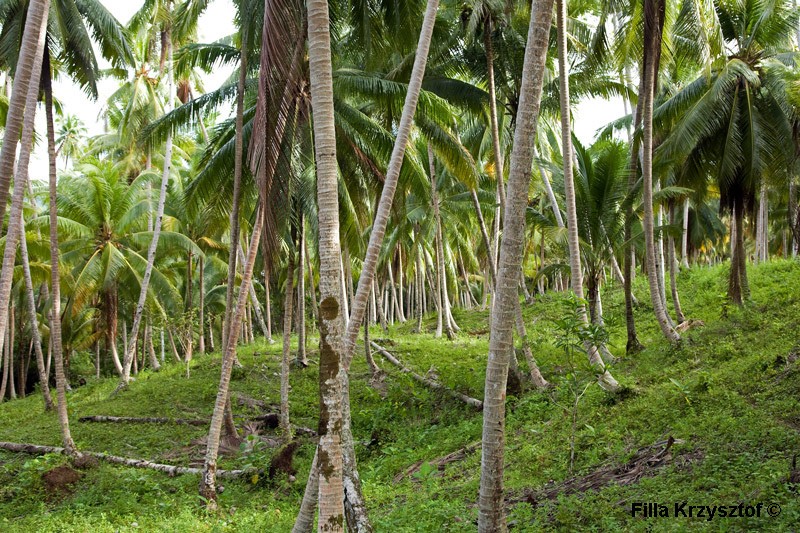
Coconut plantation. Many Islands have been converted to plantations. I often spent days on these plantations trying to find remnants of rainforest.
^ ^^^
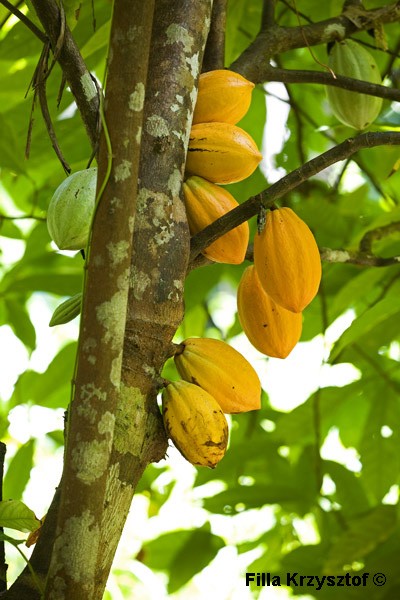
Cocoa fruits. Its seeds are used in production of cocoa powder and chocolate. This is another type of plantation where I spent many hours trying to get through to reach some rainforest.
^ ^^^







































